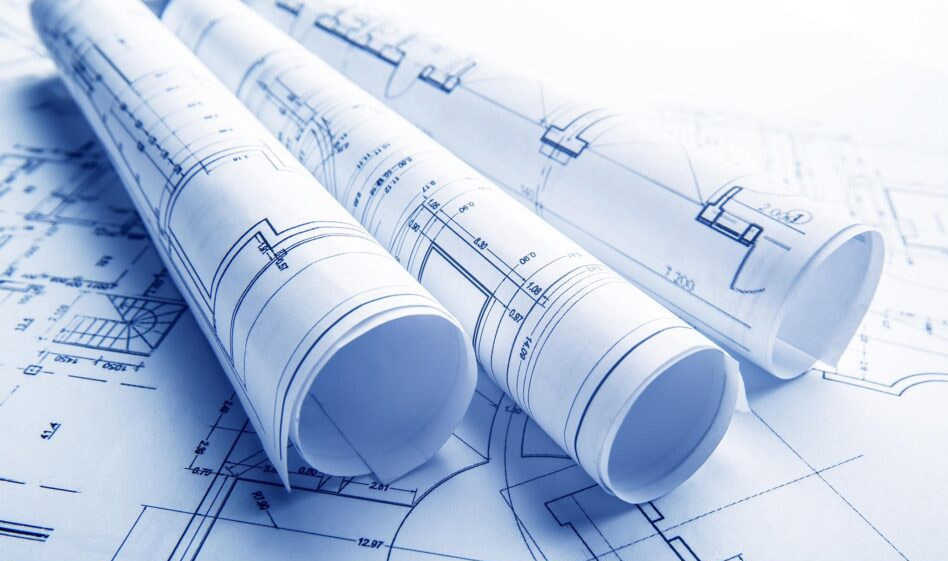

The site for the new Federal Center included the block occupied by the Beaux-Arts style U.S. Upon further study, Mies designed a separate post office building with its own, below-grade vehicular access. However, vehicular access for the post office required a street-level loading dock that would have intruded on the openness of the plaza between the two buildings. The first was to house federal agencies including the U.S. The original plan for the Chicago Federal Center called for two towers. Calling his buildings "skin and bones architecture," he was well-known for his maxims, "less is more" and "God is in the details." He utilized new materials and technology, most notably industrial steel and plate glass to create austere yet elegant buildings. German-born Mies was a pioneer of Modern architecture and the last director of the influential Bauhaus school, which operated in Germany from 1919 to 1933. Epstein and Sons all working on the project.

The world-renowned architect Ludwig Mies van der Rohe (1886-1969) served as the chief designer with Schmidt, Garden and Erikson C. Four Chicago architectural firms joined forces for the commission. The Federal Center consolidated over thirty agencies formerly scattered throughout the city in substandard leased space. General Services Administration to construct a new office complex in Chicago's Loop District.


 0 kommentar(er)
0 kommentar(er)
